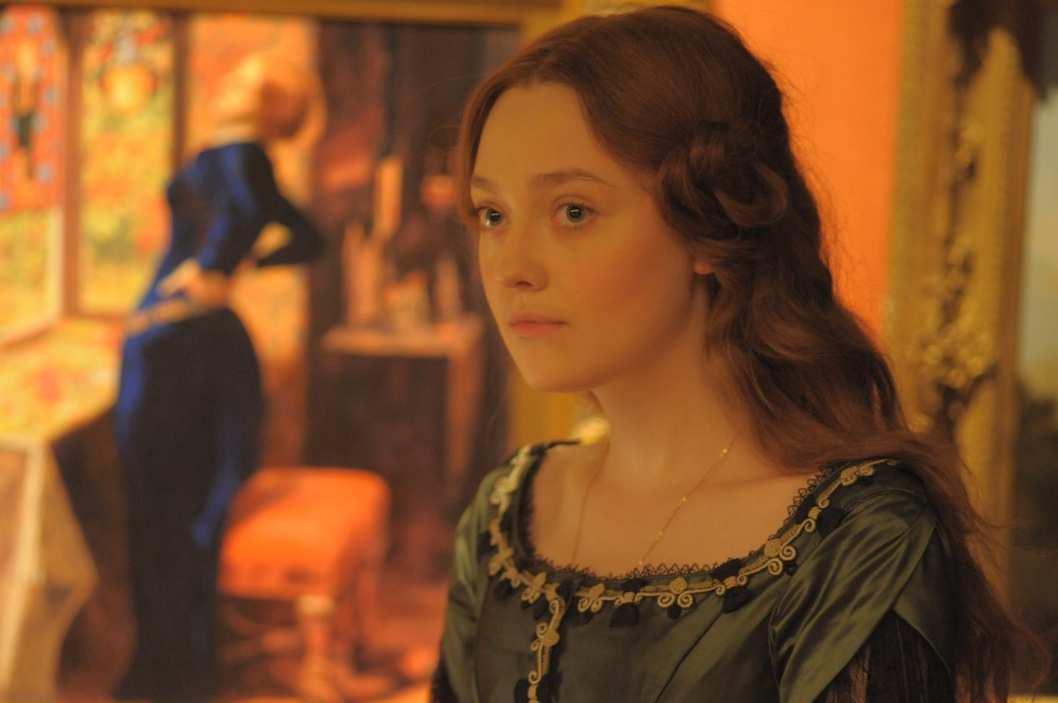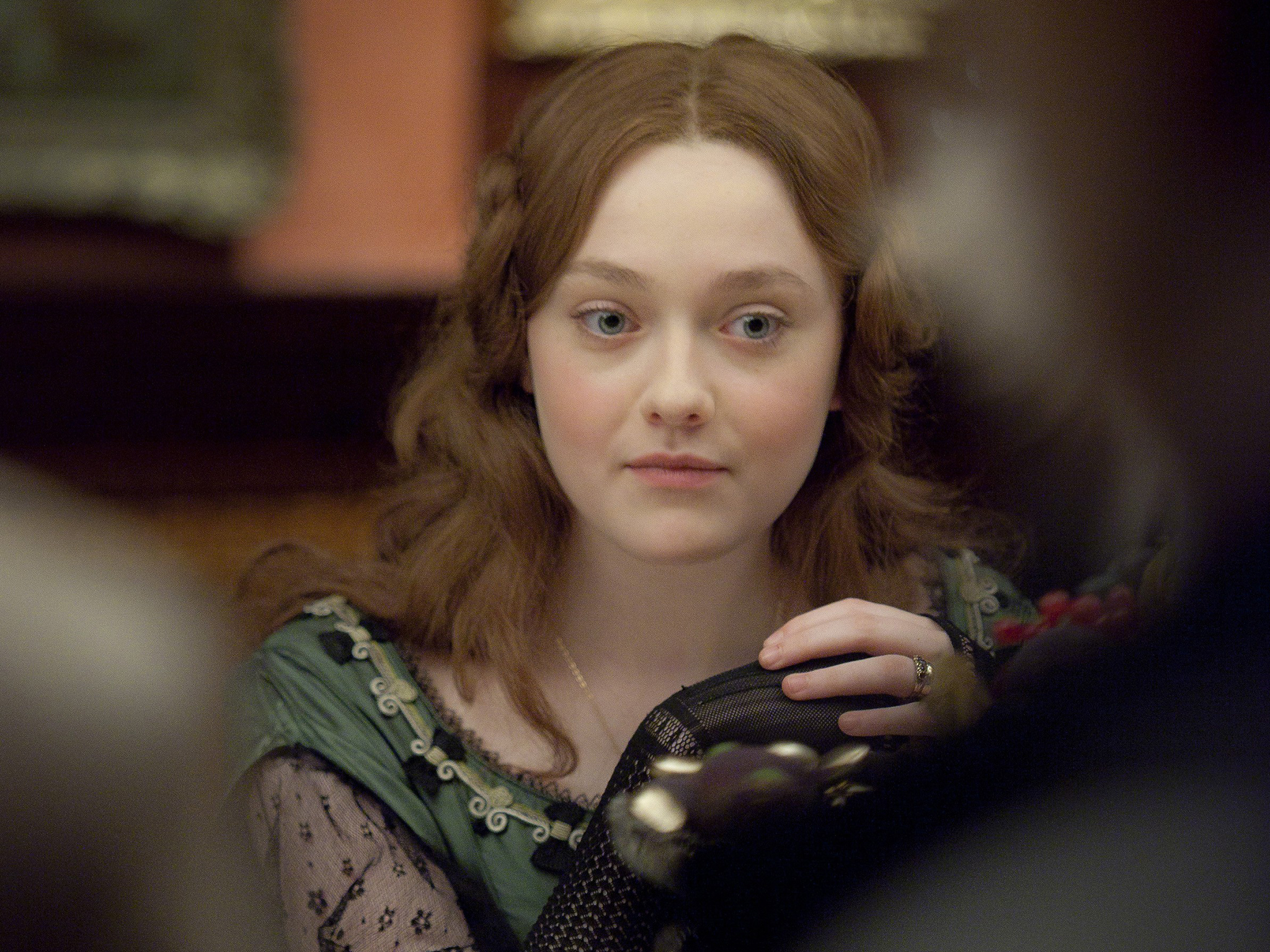

ChildhoodĮuphemia Gray was born in Perth, Scotland in May 1828. Young ‘Phemy’ at home in Bowerswell, in ‘winter twilight’, a painting by H. Briefly she was given the nickname ‘Countess’ by the Millais brothers and finally, in her later years she would become Lady Millais. When she was twelve she received the name of ‘Effie’, a variation of Euphemia invented by Ruskin and largely acknowledged.

In the year of her birth Sir Walter Scott published a novel called ‘The Fair Maid of Perth’, a description that stuck as she grew up, however ‘Phemy’ was her endearing pet name that her family knew her by. ‘Phemy’Įuphemia Chalmers Gray was known by several names during her life. Ruskin was a keen advocate of the young artists, however after the marriage of Millais to Effie, he became Millais’ most fervent critic. Millais formed ‘The Pre-Raphaelite Brotherhood’ in 1848 with fellow painters William Holman Hunt, Dante Gabriel Rossetti, James Collinson, Frederick George Stephens and Thomas Woolner. Self Portrait aged 18, by John Everett Millais, 1847.Ī child prodigy, at the age of eleven, John Everett Millais was highly gifted artist and became the youngest student to enter the Royal Academy Schools. His father John James Ruskin was a friend of Mr and Mrs Gray and that acquaintance would eventually bring him into contact with the Grays’ eldest daughter, Euphemia. He was a man of propriety and gentility, who loved his work and his own company, finding relationships with women unusually difficult. John Ruskin, was well regarded as the brilliant writer, thinker and art critic, known for his truth to nature ideas and his patronage of the Pre-Raphaelites. Effie and her contemporaries were witnesses to a time of momentous change, in which Effie played her part in reshaping Victorian views on femininity. Unfortunately Effie never fully regained her reputation, Queen Victoria rejected her from society, saddening Millais more than Effie, but it was a necessary sacrifice for happiness.

She defied expectation by her actions, the controversy of which could have crushed her, but she refused to remain quiet, proving her maiden status she re-invented herself as Mrs Millais. In an era when divorce was virtually impossible, the annulment of her first marriage to Ruskin became one of the great scandals of the 1850s, which would hound the three of them until they died.Įffie demonstrated real courage in breaking away from an abusive, unloving relationship and regaining control of her life, all within the law of the time. These were attributes one might expect of a respectable Victorian woman, however Effie became the wife of two eminent Victorians, John Ruskin and John Everett Millais. Essentially she was a decent, educated lady, a faithful loving daughter, an affectionate mother and a loyal wife. Muse of Effie Gray imagined in Glenfinlas, 1853, set against a water colour painted by Millais’ brother, William Henry Millais in 1865.Įuphemia Chalmers Gray, known as ‘Effie’ was a remarkable woman. Euphemia Gray, Effie Ruskin, Lady Millais Effie


 0 kommentar(er)
0 kommentar(er)
